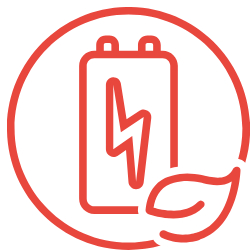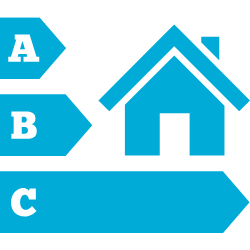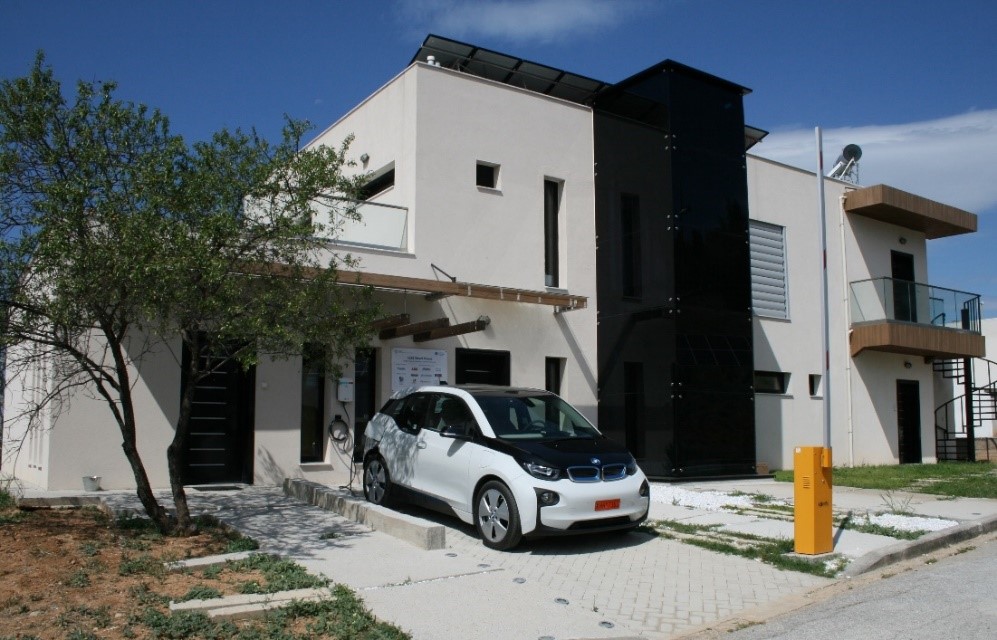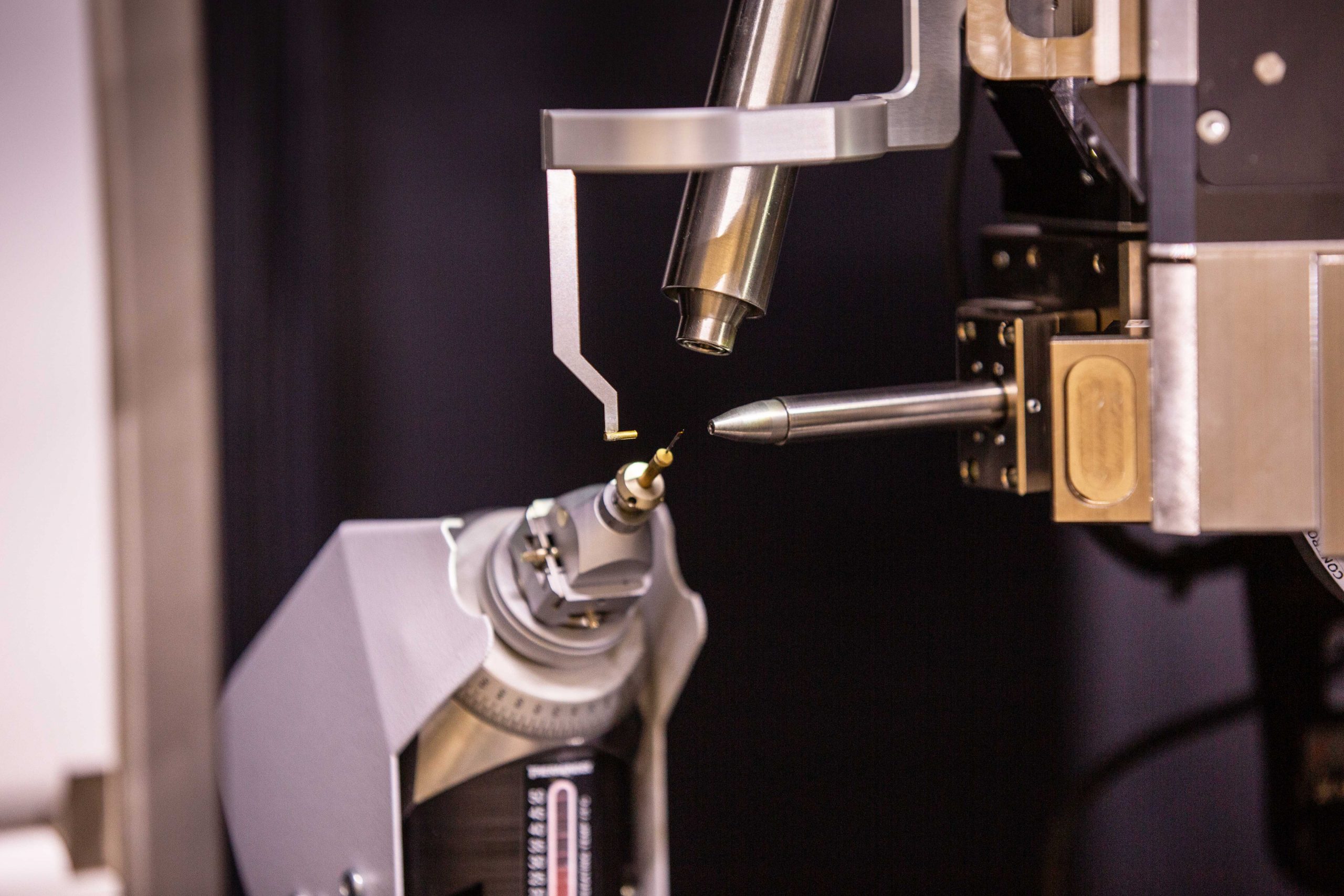Demonstration and integration of sustainable heating and cooling solutions
Fulfilling the targets of Europe’s energy and climate strategy.
The Energy Union and the Energy and Climate Policy Framework for 2030 has set ambitious targets for the European Union (EU) (icons). The majority of the existing European residential building stock was constructed before the Energy Performance of Buildings Directive (EPBD). There is large potential to achieve solutions that can be integrated to existing dwellings and through different measures. One of those measures is optimizing use and management of thermal energy by allowing it to be stored to level demand peaks, increasing use of renewables affected by intermittency such as solar-based heating. Thermal Energy Storage (TES) systems offer an increase in overall efficiency and better reliability when applied in an energy framework, leading to better economics, reductions in investment and running costs, as well as reductions in carbon dioxide (CO2) emissions.

Reduce greenhouse gas emissions
by at least 40% by 2030 (from 1990 levels)

Increase the share of RES consumed
at least 32% of renewable energy share

Energy savings target
27% of energy savings by 2030

Improvement in energy efficiency
at least 32.5% by 2030

EU building stock inefficiency %
An estimated 97% is considered energy inefficient (around 30 billion m2)

EU building stock life expectancy
75-85% of it will continue to be utilized by 2050.
Our work
Sustainable heating, cooling and electricity storage
The overall objective of the MiniStor project is to design and develop a novel compact, integrated thermal storage system for achieving sustainable heating, cooling and electricity storage that can be adapted to new and existing residential buildings. The system includes an innovative HEMS (Home Energy Management System).

Our Impact
MiniStor contributes to the UN Sustainable Development Goals that are the blueprint to achieve a better and more sustainable future for all.

Energy savings
Energy savings of 40% (conservative scenario based on Impact#3)

Emission reductions
Great potential for reducing emissions by integrating RES

Job creation
New jobs associated with increased construction activity

Health benefits
Reduction of housing deprivation and air pollution

Cut energy poverty
Cut energy bills by €1,375 per year (total net energy savings of 40%)

Property value
A property with an EPC of A is worth 11% more than a comparable D-rated one

Active ageing
Appropriate heating and cooling impacts positively our elders health and well-being

Trackable revenues
Documented cost-efficiency and reduced payback period for household owners

IMPACT #1
Demonstrate solutions that have a stable, reliable long term performance in multi-cyclic seasonal and use of at least 20 years.

IMPACT #2
Deliver compact systems with the potential to fit in the limited space available in a single building in the existing housing stock or new buildings. The storage material volume per dwelling should not exceed 1m3.

IMPACT #3
Solutions should demonstrate a potential to reduce the net energy consumption of a building by at least 25% and a have return-on-investment period below 10 years.

IMPACT #4
Use of high energy density storage materials allowing storage densities up to 10 times higher than water (based on overall system efficiency).
Our Work Plan
The research work plan followed by MiniStor to achieve its targeted objectives and impacts it´s structured in 8 work packages (WPs) subdivided by Tasks.

WORk distribution
8 Work Packages
WP1 is dedicated to project management. WP 2 to WP5 deal with research and technological development. WP6 deploys the prototypes in different climatic zones of Europe, while WP7 and WP8 study market implementation and dissemination, respectively. WPs2 to 5 are interlinked for developing the system, design and development of its components (WP3) validation of technologies to integrate TCM and PCM materials (WP4), and develop its energy management system WP5.
Our Expertise
The MiniStor consortium consist of 17 members distributed across EU member states, Switzerland and the United Kingdom. The consortium as a whole can supply the expected requirements that are needed to complete the project, both for the supply chain and the demonstration sites.

A well-balanced consortium
The consortium is well-balanced, combining large industry with research capability: SGS (who will collaborate with the standardization efforts); SMEs with research capability and who are also technology providers: EndeF, ENETECH; research organizations: Tyndall-IERC, CARTIF, CERTH-CPERI +ITI, CNRS-PROMES, EMI, HSLU and University of Santiago de Compostela; an specific exploitation professional: R2M; a dissemination and communication professional: FEUGA; and the responsible partners for the demonstration sites: Cork City Council (a government organization), DUTH (an academic organization) and Woodspring (a SME) who also collaborate through their inputs to the research effort. The partner structure and allocation of activities corresponds to their expertise and experience in Horizon 2020 projects, fitting project objectives and avoiding inefficiency. Industrial partners also have research knowledge and involvement. The geographical spread of partners’ locations and demonstration sites also ensures that the project can be implemented at a European scale. The types of demonstration sites also ensure that the most characteristic types of residential usage and building stock age are represented to prove the relevance and improvement that the system brings.